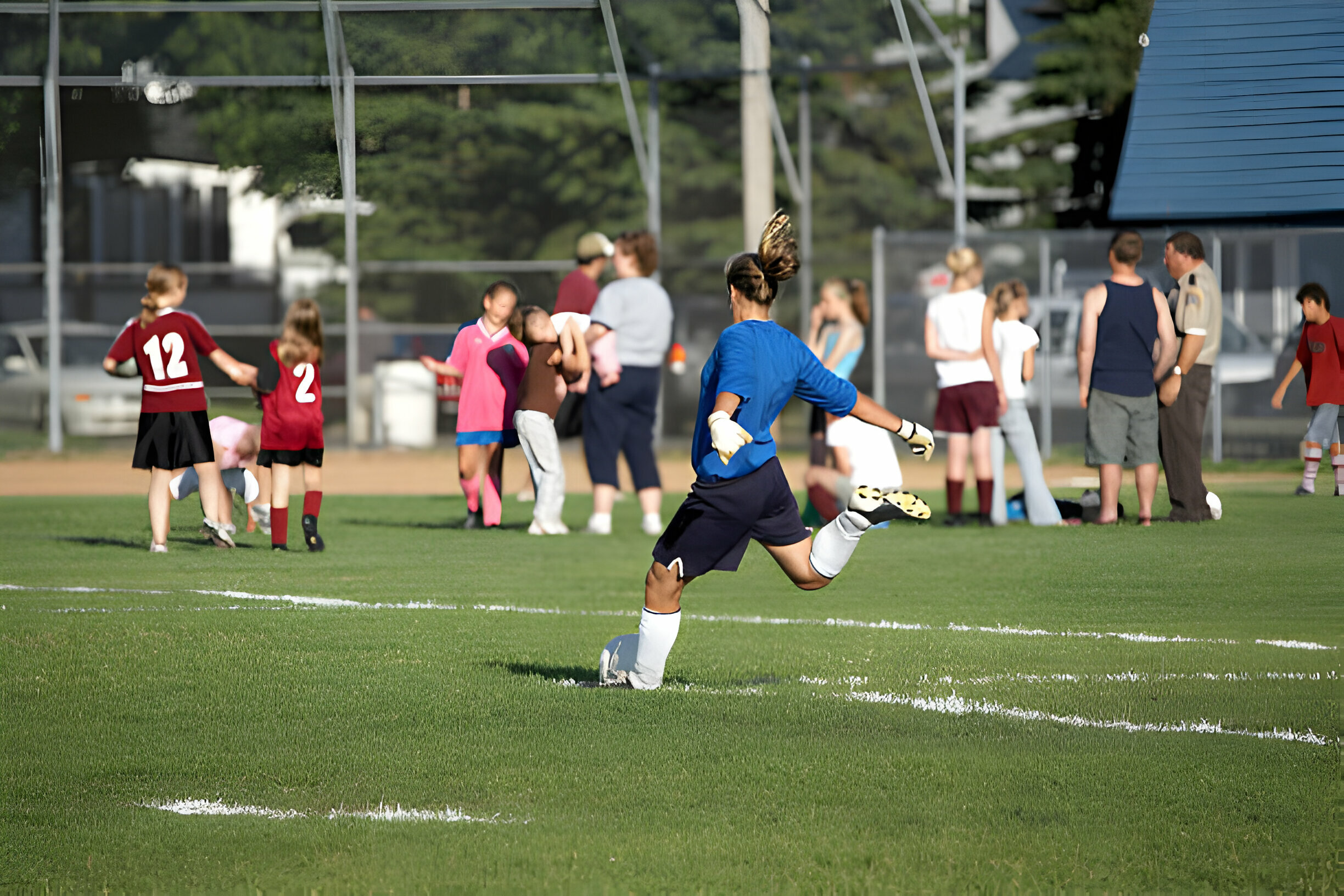Football Warm-Up Routines for Injury Prevention
Football is an intense sport that demands agility, speed, and power. Whether you’re an amateur player or a seasoned professional, a proper warm-up routine is essential to ensure peak performance and minimize the risk of injury. Football warm-up exercises are more than just a quick jog; they are a strategic approach to preparing the body for the physical demands of the game.
By incorporating the right warm-up drills for injury prevention, players can activate their muscles, increase their flexibility, and mentally prepare for the challenges ahead. Here, we’ll delve into why these routines are crucial and how to implement them effectively.
Why Are Warm-Up Exercises Important?
The importance of warming up before a football game cannot be overstated. A proper warm-up helps increase blood flow to the muscles, making them more flexible and less prone to strains. It also improves joint mobility, which is critical for a sport that involves sudden movements, direction changes, and explosive actions.
In addition to physical benefits, warming up also primes the nervous system, which aids in faster reaction times and better coordination. Moreover, effective pre-game routines can help players mentally focus on the game and ease any nerves or tension they may have.
Dynamic Stretching: The Key to Flexibility
A proper football warm-up starts with dynamic stretching, which is far more effective than static stretching for injury prevention. Static stretching, while helpful for flexibility, should be avoided at the start of a workout as it may decrease muscle strength. Instead, dynamic stretching involves moving the body through a range of motion to improve muscle elasticity and joint mobility.
Some football warm-up exercises that can be included in a dynamic stretching routine are:
- Leg Swings – Swing each leg forward and backward, gradually increasing the range of motion. This targets the hip flexors, hamstrings, and glutes.
- Lunges with a Twist – Take a step forward into a lunge and rotate your torso towards the leg that’s in front. This exercise engages the quads, hips, and core muscles.
- Arm Circles – Extend your arms out to the sides and make large circles, gradually decreasing the size. This helps loosen the shoulders and upper arms, areas that are critical for football.
- High Knees – Lift your knees to hip height while jogging in place. This warms up the hip flexors, quads, and calves while increasing heart rate.
Activation Drills: Preparing Specific Muscle Groups
To enhance performance and prevent injury, it’s essential to activate the muscles you’ll be using during the game. These warm-up drills for injury prevention focus on engaging specific muscle groups and preparing them for the physical demands of the sport.
- Squats – Squats target the quads, glutes, and hamstrings, all of which are used frequently in football. Performing bodyweight squats before a game activates these muscles, ensuring they’re ready for explosive movements.
- Hip Bridges – Lying on your back with your knees bent, lift your hips to engage the glutes, hamstrings, and core. This exercise is crucial for preventing lower back injuries and ensuring that the posterior chain is strong and active.
- Bounding – This drill mimics the running motion and helps improve stride length and power. By practicing bounding, players strengthen the muscles involved in sprinting, which are often prone to injury if not adequately prepared.
- Lateral Shuffles – Side-to-side shuffles activate the hips, glutes, and legs, all of which are essential for lateral movement in football. This drill improves agility and can help prevent strain in the groin and hip flexors.
Cardiovascular Warm-Up: Elevating Heart Rate
Once muscles are activated, it’s time to raise the heart rate with a cardiovascular warm-up. This part of the routine helps increase circulation and prepares the body for the physical intensity of the game. Start with a light jog or brisk walk for 5-10 minutes to get the blood flowing.
Warm-up tips for safe play include increasing the intensity gradually. Start slow and build up speed, allowing your body to adjust. A solid cardiovascular warm-up not only primes the body but also helps players transition from a resting state to game-time intensity.
Mobility Drills: Enhancing Joint Range of Motion
Football players rely on their joints to move quickly, change direction, and execute sharp turns. Warm-up drills for injury prevention should include exercises that enhance joint mobility, particularly in the ankles, knees, hips, and shoulders. Improved mobility reduces the risk of sprains, strains, and other joint-related injuries.
- Ankle Circles – Rotate each ankle in a circular motion to loosen up the joints and improve flexibility in the lower legs. This is especially important for football players, as quick direction changes can place strain on the ankles.
- Knee Hugs – While standing, bring one knee up to your chest and gently hug it to your body. This helps stretch the hip flexors and lower back while also engaging the glutes.
- Lunge with Overhead Reach – This variation of the lunge adds a stretch for the upper body, improving shoulder mobility while also targeting the hips and thighs.
Cooling Down: A Vital Component of Injury Prevention
A thorough warm-up routine should also include a brief cool-down period. After the game or training session, cooling down is just as important as warming up. It helps prevent muscle tightness and reduces the risk of injuries caused by overstretched or fatigued muscles. Light jogging or walking, followed by static stretching, can help the muscles recover and maintain flexibility.
Conclusion
Football is a dynamic sport that requires strength, flexibility, and coordination. Implementing a comprehensive warm-up routine before every game or practice is crucial for injury prevention and overall performance. From football warm-up exercises to mobility drills, every part of the warm-up serves a vital role in preparing the body for the demands of the game.
By following effective pre-game routines, players can reduce the likelihood of injuries and ensure they perform at their best. Remember, warm-up tips for safe play are an essential part of every football player’s toolkit—prioritize them, and the benefits will be evident both on and off the field.



